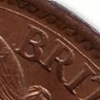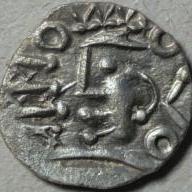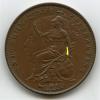The thing is, if there is no mintmark there is no mintmark which is my point about the 1922 "Plain" cent with no D mintmark. We are virtually certain all 1922 cents were struck at Denver and all were struck by dies that probably originally had "D"s on them (although that point can not be proven of a certainty), just that one or two dies were struck by dies with the "D" filled or worn off or possibly not applied to begin with I suppose. These are readily accepted and bring strong prices.
I also am not convinced by the converse: only one die set was used to strike coins sans "H". That seemingly would be impossible to prove, and given the paucity of "no H" specimens of the "correct" die type that it makes it doubly hard to prove. Rather, I would think logic dictates that the accepted die type is indeed "no H" but would not exclude that other no "H" coins might have been legitimately struck by another die combination(s). And metallurgic matching would not necessarily exclude the latter as of course the possibility and even likelihood is that other "no H" coins would come from different batches of metal. BTW, are all accepted "no H" coins matched metallurgically?
And so if a coin leaves the mint with "no H" that it is "no H", and horror of horrors would be so whether struck at London or Heaton. Now that is rather a sacrilegious statement! If it takes a microscope to present even ambiguous attribution of an "H", that seems excessive as conclusive exclusion would IMO require unambiguous exclusion.
 Coinpublications.com
Coinpublications.com






